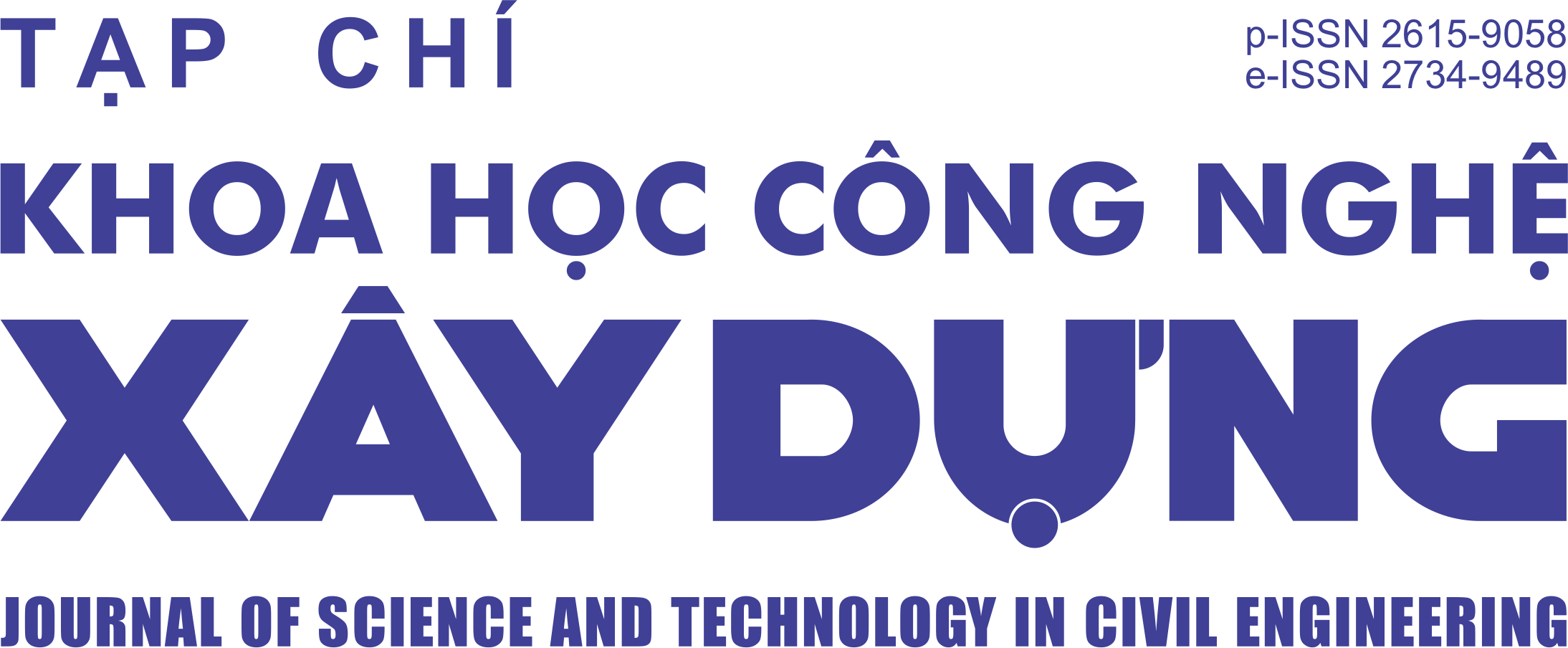Evaluation of ultimate bending moment of circular concrete–filled double skin steel tubes using finite element analysis
Abstract
In this study, the ultimate bending moment of circular concrete-filled double skin steel tubes (CFDSTs) was investigated. A CFDSTs made of two concentric circular steel tubes with concrete infill and M16 shear connector system was fabricated. The four-point bending test of the 10 m long CFDST consisting of outer and inner steel tubes with 914.4 mm and 514.4 mm in diameter, respectively, was carried out and the ultimate bending moment of the CFDST was investigated. A finite element (FE) simulation of the CFDSTs subjected to bending was developed using the commercial software ABAQUS and the accuracy of the developed FE model was verified by comparing to the experimental result. The ultimate bending moment of CFDSTs was then evaluated with respect to different concrete infill compressive strengths and yield strengths of the steel tubes. The corresponding design ultimate bending moments of the CFDST with regard to the design codes AISC and EC4 were also computed. The results revealed that EC4 and AISC can accurately predict the ultimate moment capacities of the CFDST with shear connector.
Keywords: ultimate bending moment; concrete-filled double skin tube; shear connector system; finite element analysis.
Received 19 November 2018, Revised 04 January 2019, Accepted 04 January 2019
Downloads
Copyright (c) 2019 National University of Civil Engineering

This work is licensed under a Creative Commons Attribution-NonCommercial-NoDerivatives 4.0 International License.
1. The Author assigns all copyright in and to the article (the Work) to the Journal of Science and Technology in Civil Engineering (JSTCE) – Hanoi University of Civil Engineering (HUCE), including the right to publish, republish, transmit, sell and distribute the Work in whole or in part in electronic and print editions of the Journal, in all media of expression now known or later developed.
2. By this assignment of copyright to the JSTCE, reproduction, posting, transmission, distribution or other use of the Work in whole or in part in any medium by the Author requires a full citation to the Journal, suitable in form and content as follows: title of article, authors’ names, journal title, volume, issue, year, copyright owner as specified in the Journal, DOI number. Links to the final article published on the website of the Journal are encouraged.
3. The Author and the company/employer agree that any and all copies of the final published version of the Work or any part thereof distributed or posted by them in print or electronic format as permitted herein will include the notice of copyright as stipulated in the Journal and a full citation to the Journal as published on the website.







